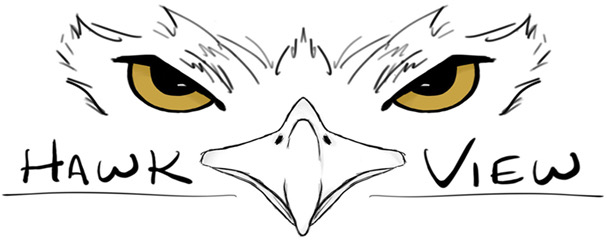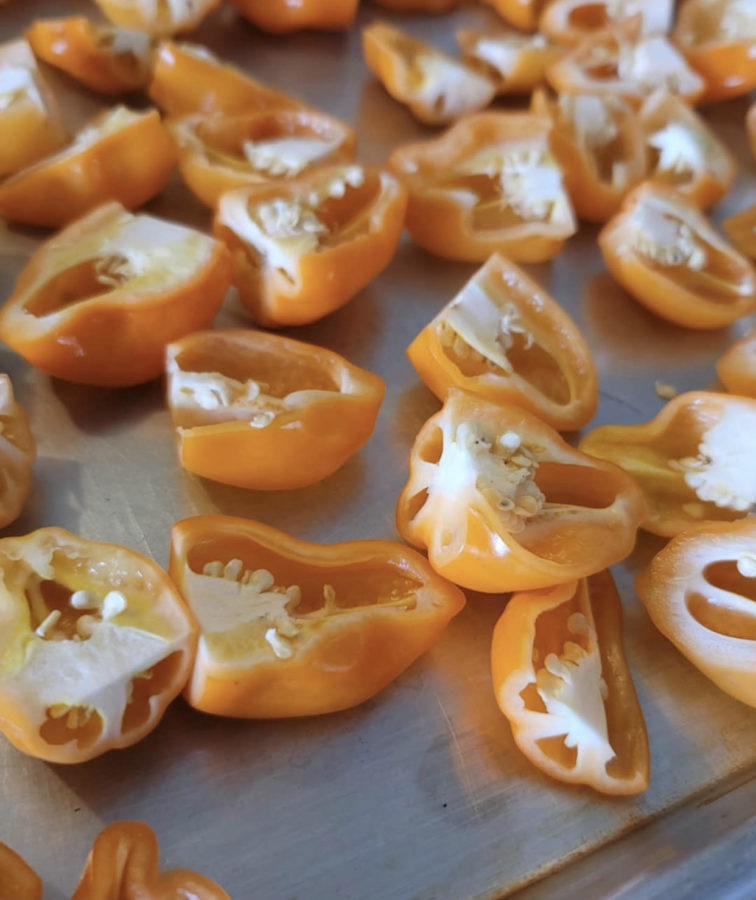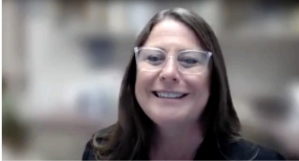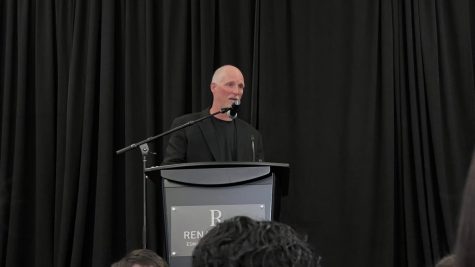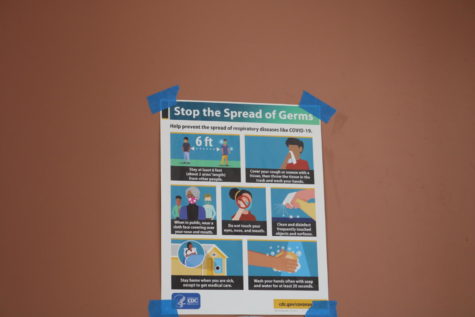CTE programs adapt to distance and hybrid learning
La Quinta High School’s Career Technical Education programs are an integral part of the school’s identity.
The vocational programs provide hands-on courses to prepare students for future careers in a diverse variety of fields. Many students come to La Quinta specifically for the selection of the CTE programs and the opportunities they give.
Medical Health Academy offers an education about healthcare and skills such as first aid and CPR. Public Service Academy teaches about the criminal justice system, forensics, and fitness. Both require internships during their senior year. IT works with computers. Culinary Arts students learn to prepare food, about the inner workings of restaurants, and food safety.
However, with the sudden and necessary switch to distance learning, the courses have had to adapt to a new model. Every class has had to make adjustments to their curriculum and assignments, but these four may be the most impacted by the recent changes.
Going from a tactile, interactive model to Chromebook-accessible learning is a big jump.
Students and teachers are learning new ways of interaction that may or may not be different from the norm.
Information and Communications Technology Academy
One would think that the Information and Communications Technology Academy would be the most unchanged during distance learning, and it’s an accurate assumption.
Even before distance learning, the ITCA teacher, Frank Ceja, set up the entire class to be fully digital. When he took on his job, there was not much of a curriculum for the program.
So, he had to find one—and it ended up working out very well.
The curriculum is up-to-date and has digital laboratories for students to use, and works just as well distanced than in-person.
He has also been maintaining the eSports club, which also works well in a digital environment. Ceja is glad that he gets to teach about technology because it’s such an important skill in the modern world. “Even if you go into a field that’s not technology, you still need to know about technology,” said Ceja.
Culinary Arts Academy
Likewise, the Culinary Arts Academy has also had a fairly smooth transition. Students are still cooking, they’re just at home. They can either buy their own ingredients to follow a recipe or pick some up from David Wood, the culinary teacher, at the school.
“It’s been especially challenging with the ninth graders, having never met them in person to interact and have a class and do things, having never physically met in the same room. But we’ve been doing a really good job,” said Wood.
He also runs an Instagram page (@lqhs.culinary) for the class where he posts about cooking and the food that the class is making. Occasionally, even live streams are held. The page helps bring the class together not only with the students in it but the whole school and community.
Liliana Villapando-Lua ‘22 is a junior, but this is her first year in the Culinary program. She’s happy that she gets the opportunity to cook at home.
Though this is her first year in the program, she doesn’t feel like she missed anything.
“We get taught really well, and I feel like I caught on pretty quickly,” said Villapando-Lua.
While as a whole she prefers in-person learning, she appreciates the lengths teachers are going to stay connected to their students.
Medical Health Academy
While other classes’ changes have gone smoothly, the Medical Health Academy has had to make a lot more alterations. Medical health is a hands-on course of study, and some parts of the class such as CPR certification and internships have had to be cut out entirely. The same material is still being taught though, just in a different way.
“This program is hands-on, and that’s been our main challenge this year with distance learning because the students aren’t able to have that hands-on experience. So the way that I adjusted it is through simulations. I use a lot of simulations,” said Melissa Moore, who is the MHA coordinator and teacher. “YouTube has been my new best friend. I’m able to pull a lot of videos from nursing education websites, and they will actually show and demonstrate the skills necessary, but you really can’t replace the hands-on experience.”
CPR skills can still be taught through a textbook, but the physical parts have had to be skipped for the time being. Instead of doing internships, the seniors get to watch live sessions with different types of medical professionals giving seminars on a website called Nepris, which is a website that provides live sessions with various industry professionals for students.
Other things are taught through medical education simulations and more informative videos.
“Everyone who’s part of the Nepris system are volunteers, so these are workers in the field of medicine. You can go in and request a live session for your class. We had one recently, and it’s a lovely thing. It’s the only time they actually come off the black box and their cameras on,” said Moore.
Public Service Academy
The Public Service Academy has also been in a similar spot this year. While the material is different, the structure of MHA and PSA are similar: both do internships, go on field trips, have guest speakers, teach hands-on skills such as CPR, and do other activities that are difficult to replicate when you are not in person.
PSA also works out every week. While some things, like guest speakers and even the field trips, are still happening in a virtual environment, others like forensics labs have not.
“There are some virtual forensic lab things but I found them not quite as engaging as I would like. So we try to teach them those things using YouTube videos and things like that,” said Kevin Schmidt, who is the PSA coordinator and teacher.
Like MHA, Public Service Academy is also using Nepris, which they use for guest speakers throughout the year. They still work out every week, recording their workouts in a journal that they turn in at the end of every month.
Though there have been many difficulties this past year when it comes to education, both students and teachers have been committed to making sure that they can get the most out of distance learning.
Everyone involved in the CTE programs has exemplified that. Whether their classes have changed a little or a lot, they all have stayed strong during distance learning and will persevere during hybrid learning.
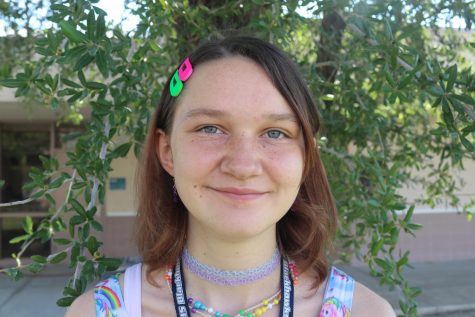
Avery Webb was editor-in-chief during the 2022-2023 school year. She was a fourth-year Hawkview journalist. She loves tea, cats, reading, and making horrible puns.
